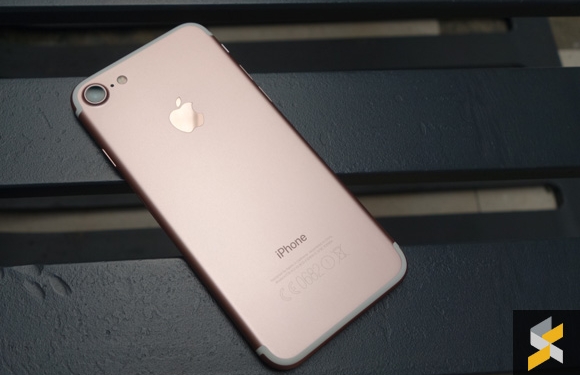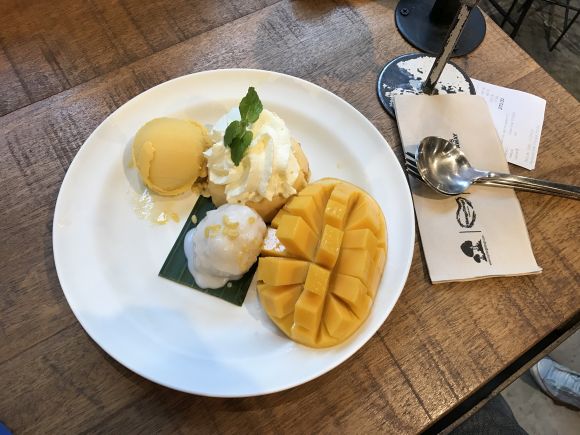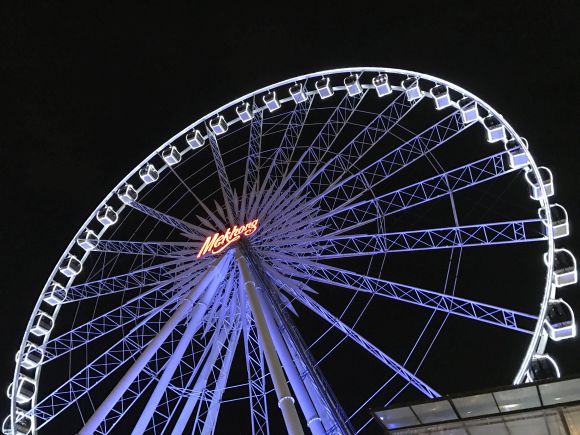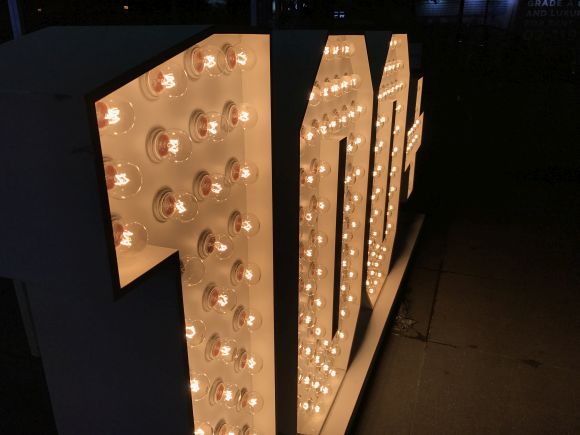The iPhone 7 marks the 10th generation of the iPhone. It is nearly 10 years since the first iPhone was introduced in 2007 and they have always been regarded as the benchmark for the smartphone industry.
When it comes to launches, Malaysia is often late to the party, but the new iPhone 7 is probably the earliest we’ve seen so far. Instead of waiting for months, it’s finally coming to our shores on 14th October.
Jumping from the 6s to the 7, the new iPhone was supposed to be an all-new device. Instead, we get a phone that’s identical to last year with some incremental updates on the inside. In a way, it feels like a third variant of the current iPhone 6 series.
The exterior dimensions for the iPhone 7/7 Plus are exactly the same as the model it replaces. The only visible changes are the reduced antenna band lines and the increased camera bump. It’s hard to tell them apart if you put both models side by side facing up. To really stand out from the iPhone 6/6s crowd, there are two new colours – Black and Jet Black. Assuming Apple is releasing an iPhone 7s, that’s four years with the same design.
[nextpage title=”Upgraded but not all new”]
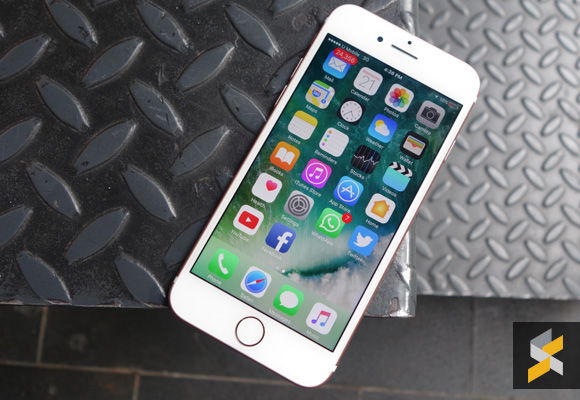
As expected with any new phone, it gets a powerful processor with the A10 Fusion chip that runs on 4 cores. Despite looking underwhelming with just 2GB RAM on paper, the iPhone 7 continues to crush records on Antutu and Geekbench benchmarks. It destroys the supposedly better specced Android competition that packs more cores and RAM.
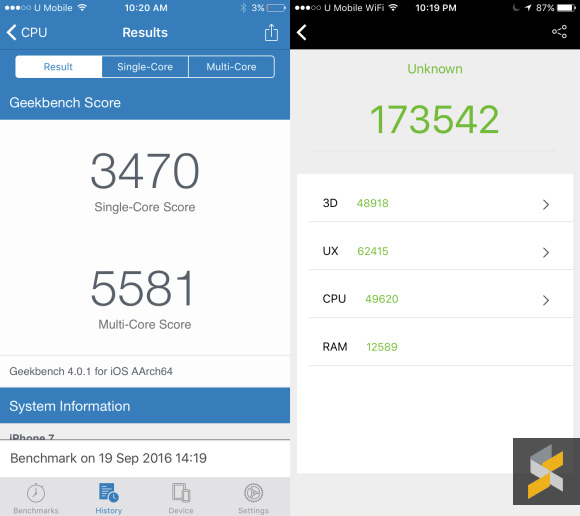
If you are currently using an iPhone 6s, you’ll probably won’t notice any real life performance difference as the current A9 chip is still blazing fast for today’s usage. The iPhone 7 never chokes under heavy load and I didn’t notice any hissing issues that were reported earlier.
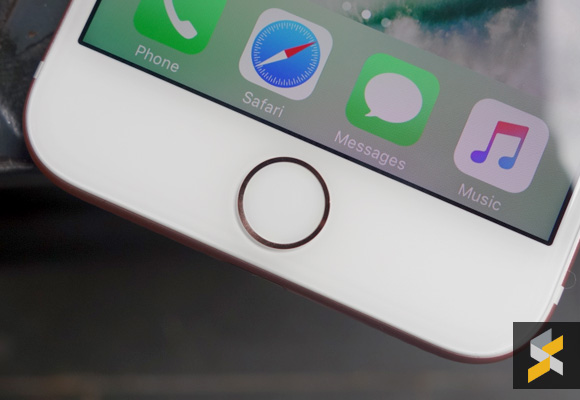
One of the biggest changes since the first iPhone is the home button. Gone is the mechanical push unit and they have replaced it with a static capacitive button. Unlike the OnePlus 2 and HTC 10, Apple has tried to add the feel of an actual button with its taptic engine.
From our initial usage, the button clicking sensation feels weird as it feels like the bottom part of the phone is creaking. The sensation is even less while it’s lying flat on the table. Eventually, you’ll get used to it after a couple of days.
Since the home button isn’t mechanical, restarting your iPhone 7 is a little different than before. You’ll need to press and hold both Volume Down and Power key to force restart. The TouchID fingerprint sensor is still so super-fast and reliable that you’ll forget it’s even there. It’s definitely better than the fingerprint sensor on Samsung’s flagships.
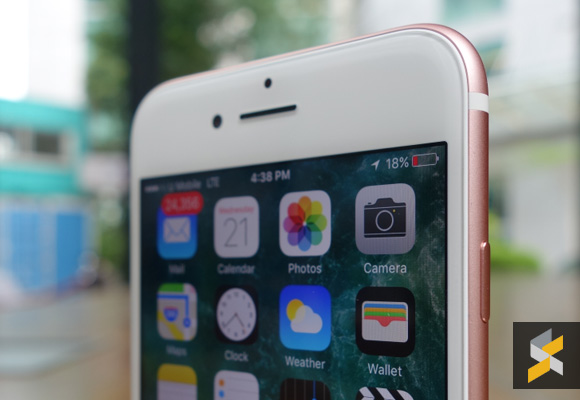
Then comes the sound, which is one of the nice additions on the iPhone 7. Instead of a single mono speaker, the iPhone 7 and 7 Plus now offers stereo sound that utilises the earpiece and the down-firing speaker. Like most phones with this set up, it isn’t as great as pair of front firing speakers. The left and right channels are not identical and the earpiece unit lacks bass. It is still an improvement that you’ll appreciate especially when playing videos.
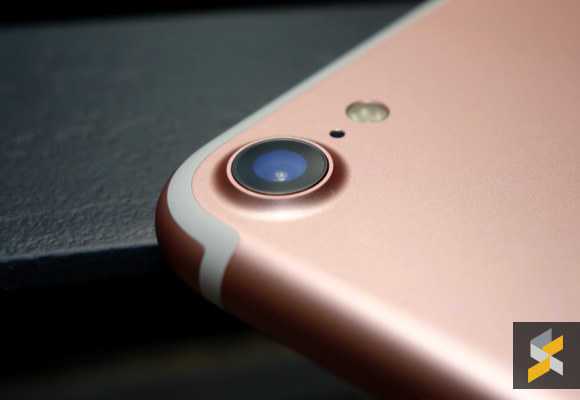
The new 4.7” iPhone 7 now gets a 12MP camera with a faster f/1.8 lens for better low light performance. For steadier shots, there’s even Optical Image Stabilisation which was previously reserved only for the Plus models. Launching the camera is now quicker thanks to iOS 10, just lift the phone and swipe from right to left, and you’re ready to take the shot.
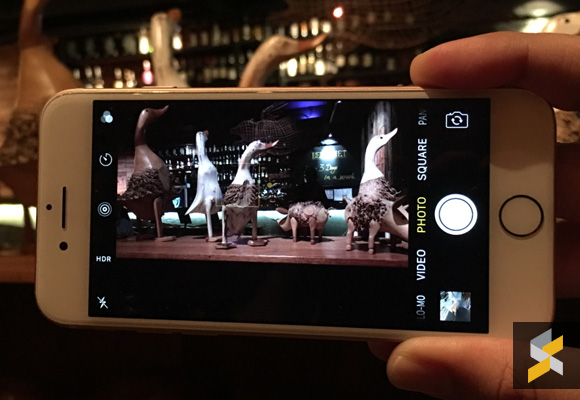
In good lighting, the iPhone 7 camera performs just as well as the iPhone 6s with accurate colours and sharp details. In low light situations, photos are brighter with less noise thanks to its faster f/1.8 lens. Despite the improvements, the iPhone 7 still lacks manual controls on its camera interface. The camera settings are still buried deep under the phone’s main settings and you can’t even change photo and video resolution without exiting the camera app. Selfies are better too with its upgraded 7MP front camera.
The iPhone 7’s new camera closes the gap with the Galaxy S7 edge/Note7 but it is still a notch slower when it comes to focusing. It is also worth pointing out that the bigger iPhone 7 Plus has a dual camera set up with a secondary unit that shoots in telephoto for 2X optical zoom. We have yet to try that out, so stay tuned for our review on its bigger brother soon.
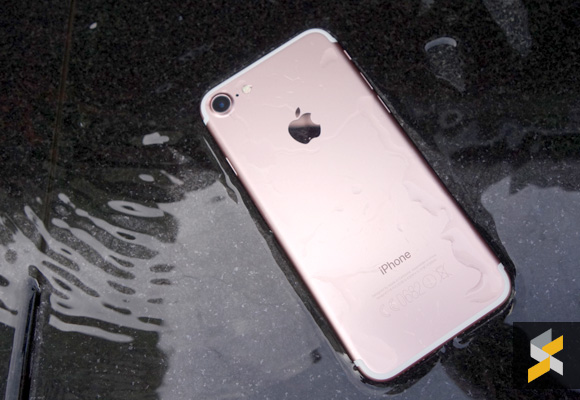
A nice addition is dust and water resistance for the iPhone 7. Rated at IP67, it can withstand being submerged up to 1-metre deep for not more than 30 minutes. However, Apple isn’t marketing it as a waterproof device and it is stated clearly that they won’t cover water damage under warranty.
In terms of display, it retains the same size and resolution as its former two models but it is improved with greater colour gamut and brightness levels. Despite having a 1334×750 pixels resolution display, the display is still rather crisp due to its compact 4.7″ size. 3D Touch is still present and using the on-screen keyboard as a trackpad is probably the best feature ever.
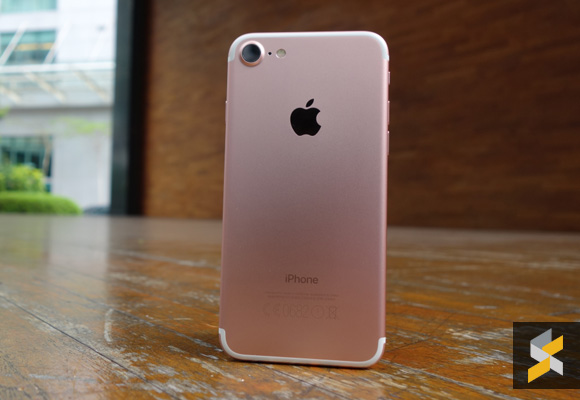
Despite having a 1,960mAh battery, the iPhone 7 pulls through pretty well. On a busy day with usage of Waze, it lasted about 12 hours on a single charge with 5 hours of usage. For average use with mostly social and YouTube, it could last more than 18 hours while clocking 7 over hours of usage. Charging the iPhone 7 from zero takes 2 hours with the provided brick which is painfully slow for a battery capacity of this size. Of course, you can charge it quicker with a faster 2Amp unit.
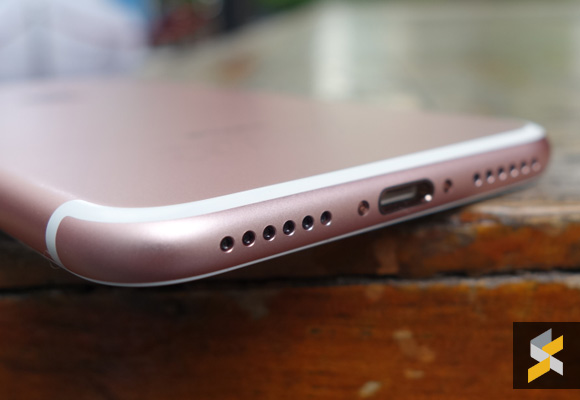
Probably the most controversial move of all is the removal of the 3.5mm headphone jack. Apple isn’t the first to ditch it as we’ve seen OPPO and Motorola removing the jack in pursuit of achieving a thinner design.
The iPhone 7, however, isn’t any thinner and there are more cons than pros for removing a headphone jack that’s still universally used today. In fact, removing the jack is creating more problems for Apple users that have invested into 3rd party accessories that utilises the headphone jack. You do get a 3.5mm to lightning connector out of the box but who wants to carry an extra dongle with their phones?
Out of the box, they have included a pair of stock Ear pods with lightning connector and they sound the same as the original 3.5mm version. Another bummer is that you can’t charge your iPhone when the headphones are plugged in.
Conclusion
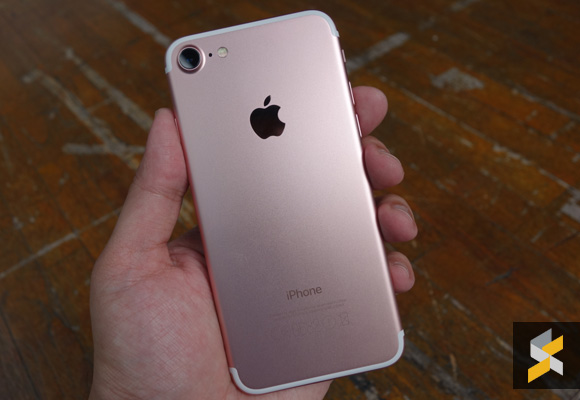
The iPhone 7 is the best iPhone you can buy right now, and there’s no denying it. It has water resistance, stereo speakers and an improved camera. However, if you’re hoping for a fresh change, you’ll be sorely disappointed.
The lack of a headphone jack is an unnecessary inconvenience as wireless headphones are still not as good as the corded ones. For a company that shouts courage, Apple has yet to introduce any wireless charging technology on its iPhone. What’s worse, they are still packing a slow 1Amp USB charger in the box.
If you’re coming from an iPhone 6 or an older model, the iPhone 7 is a still worthy step up with obvious improvements in the performance and camera department. What’s commendable is that Apple has finally made 32GB as the bare minimal storage option across the range (except for the iPhone SE).
For those who are seeking for an affordable alternative, you could consider the iPhone 6s/6s Plus which now offers even more storage for less. For RM3,199, you can get an iPhone 6s 128GB or an iPhone 6s Plus 32GB. It is still a stellar performer by today’s standards and it’s got a snappy camera plus the old faithful headphone jack.
If it was me, I’ll take the Galaxy S7 edge over the iPhone 7. It has a fresher design, a stunning display and it still has the best camera experience on a smartphone. But if you must get an iOS device, it’s the iPhone 7 hands down. The iPhone 7 is officially priced at RM3,199 for 32GB, RM3,699 for 128GB and RM4,199 for 256GB.
[nextpage title=”Gallery”]
You can click on each picture to view in original size.

